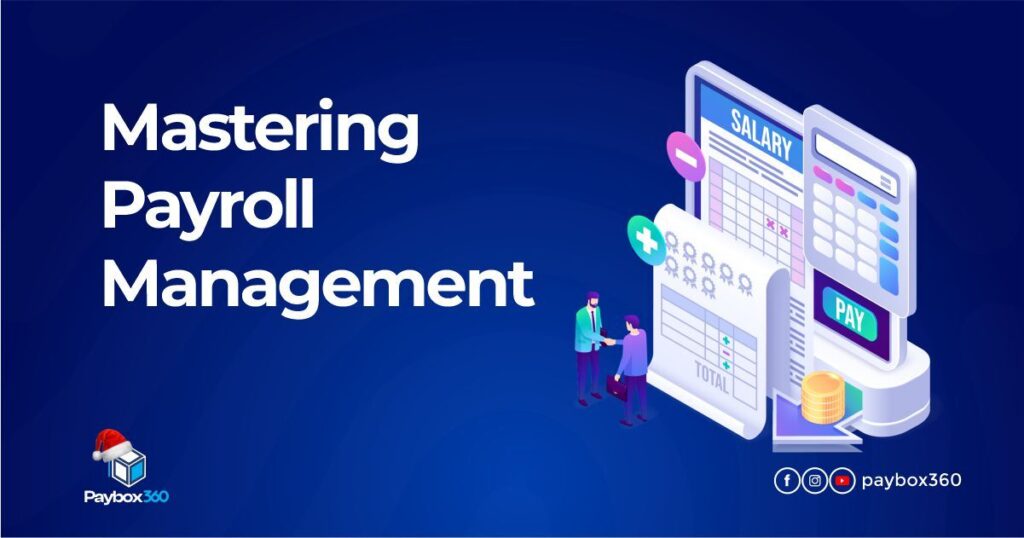In the realm of business operations, payroll management stands as a critical function that demands meticulous attention to detail, precision, and compliance. However, this multifaceted process often poses various challenges that can impede productivity and accuracy.
Let’s delve into the complexities of running payroll and explore practical solutions to streamline this essential function. Running payroll involves intricate stages, including employee information collection, gross pay calculation, deduction management, payment schedule, and compliance adherence.
Payroll is an important part of running a business since it ensures that employees are paid correctly and on time. Completing this procedure entails several key stages to ensure precision and compliance. We will break down the complex process of running payroll into its basic components in this detailed guide.
1. Collect employee information
Begin by compiling detailed employee information, such as personal information, tax forms, and direct deposit information. Always ensure that all data is up-to-date and accurate.
2. Time and Attendance Tracking
Integrate a reliable time and attendance system to track the hours employees work. Accurate timekeeping is crucial for calculating wages and overtime accurately.
3. Calculate Gross Pay
Determine the gross pay for each employee based on their hourly rate or salary. You should also consider additional factors such as overtime, bonuses, or commissions.
4. Deduct taxes
Understand and calculate the various taxes that need to be deducted, including federal and state income taxes, Social Security, and Medicare. Stay updated on tax rates and changes in regulations.
5. Other Deductions
Account for other deductions, such as health insurance, retirement contributions, and any other benefits or deductions agreed upon with the employees.
6. Net Pay Calculation
Subtract all deductions from the gross pay to calculate the net pay. This is the amount employees will receive in their paychecks.
7. Choose a Payroll Schedule
Determine the frequency of your payroll schedule, whether it’s weekly, bi-weekly, or monthly. Consistency is key to managing expectations.
8. Select a Payment Method
Choose the payment method for your employees, whether it’s direct deposit, physical checks, or a combination of both. Although it is usually through direct deposit into the employees’ bank account, ensure that the chosen method aligns with your employees’ preferences.
9. Generate Payslips
Provide detailed payslips for each employee, outlining their earnings, deductions, and the net amount. This will enhance transparency and help employees understand their compensation.
10. Record-keeping
Maintaining detailed records of each payroll run, such as payslips, tax paperwork, and any other pertinent information, should be prioritized because organized record-keeping is necessary for audits and compliance.
11. Stay Compliant
Regularly update your payroll processes to remain compliant with local, state, and federal standards. It is imperative to keep abreast of changes in tax laws and employment regulations.
12. Employee Communication
Always ensure to communicate payroll changes, deadlines, and any other relevant information to your employees promptly. This is because clear communication helps build trust and transparency.
13. Employee Self-Service
You can implement employee self-service options if available. This will allow employees to access their payroll information and reduce the administrative burden on HR.
14. Audit and Review
Conduct regular audits of your payroll processes to identify and rectify any errors. A thorough review ensures accuracy and compliance.
In conclusion, running payroll is a multifaceted process that demands meticulous attention to detail, accuracy, and compliance. From the initial stage of collecting comprehensive employee information to the final steps of communicating changes and conducting regular audits, each phase plays a crucial role in the seamless functioning of a payroll system.
By diligently following these comprehensive steps, businesses can not only streamline their payroll processes but also foster a work environment that values transparency and reliability.
In essence, an efficiently managed payroll system goes beyond the mere distribution of salaries; it becomes a reflection of an organization’s commitment to professionalism, integrity, and employee well-being. As businesses evolve, so too should their payroll processes, adapting to the dynamic landscape of regulations and employee expectations. Incorporating advanced solutions such as Paybox360 further amplifies this commitment. Paybox360, with its integrated HR management and financial solutions, not only simplifies the intricate payroll process but also enhances accuracy and efficiency.
Businesses can use Paybox360 to collect and manage employee information, automate time and attendance tracking, and ensure accurate estimates of gross and net pay. Furthermore, using Paybox360 as a payment method, whether by direct deposit or other methods, aligns with modern simplified procedures, showcasing an organization’s dedication to implementing innovative solutions for employee satisfaction.
Therefore, embracing Paybox360 is much more than a software investment; it is a commitment to remaining at the forefront of payroll management, providing a smooth and employee-centric experience that aligns with the principles of professionalism and integrity.


